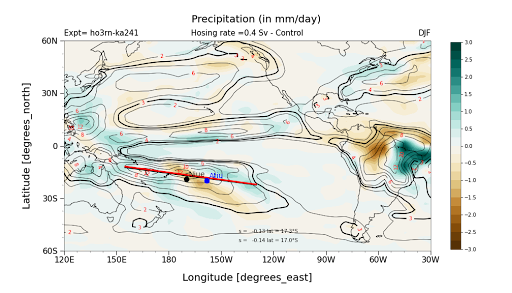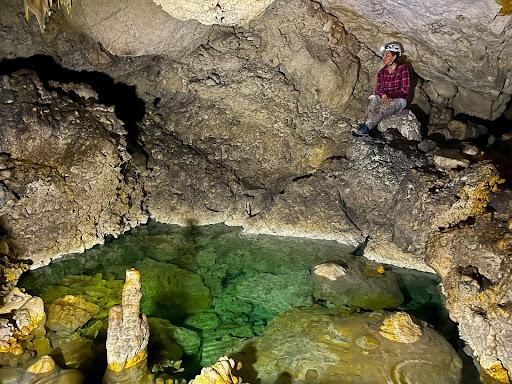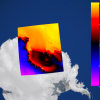Understanding future climate change through the lens of past climates
The below case study shares some of the technical details and outcomes of the scientific and HPC-focused programming support provided to a research project through NeSI’s Consultancy Service.
This service supports projects across a range of domains, with an aim to lift researchers’ productivity, efficiency, and skills in research computing. If you are interested to learn more or apply for Consultancy support, visit our Consultancy Service page.
Research background
In order to better predict climate change, there is a need to gain insight into the dynamics of the tropical South Pacific Ocean atmospheric circulation system. How this system responds to rapid perturbations, including sudden warming events, changes in orbital parameters and high altitude atmosphere/ocean teleconnections will ultimately lead to a better understanding how earth’s climate might respond to future global warming.
At Victoria University of Wellington, PhD student Susan Al-Hafid and her supervisor Dan Sinclair, a Senior Lecturer in the School of Geography, Environment and Earth Sciences, are testing the effects of major climate perturbations in the past (e.g. the Daansgard-Oeschger rapid climate fluctuations that occurred during the last ice age) by comparing paleoclimate simulations with stalagmite records of rainfall.
The photo featured at the top of this page, where Susan is sitting within a cave, was taken during a field trip to French Polynesia as part of a Marsden-funded project related to this work. Source: Susan Al-Hafid.
Project challenges
Susan and Dan need to analyse terabytes of climate simulation data produced by the CSIRO code MK3L.
What was done
NeSI Research Software Engineers Alex Pletzer and Chris Scott provided Python scripting support to Susan. These were used to:
- Perform seasonal and area weighted averages
- Compute Pearson correlation and p-values between two sets of gridded data in a box
- Locating the cells with the highest rainfall and perform a line fit on those cells
- Producing contour plots and generating colour maps

The above picture shows the precipitation anomaly between two paleoclimate experiments. Noticeable is a change of precipitation pattern in the East Pacific (Islands of Niue and Atiu), the red and black lines are the maximum precipitation linear regression line for the two experiments in that region.
Main outcomes
Comparisons between different freshwater discharge scenarios on paleoclimate temperature and precipitation distribution in Tropical Pacific.
Researcher feedback
"NeSI provided us with a set of clear instructions for building and running the paleoclimate code Mk3L. Additionally, Alex helped Susan process results and generate plots. This enhanced Susan's proficiency in data analysis and visualisation. Overall, the support Susan received from NeSI significantly contributed to our research capabilities and productivity."
- Dan Sinclair, Senior Lecturer, School of Geography, Environment and Earth Sciences, Victoria University of Wellington
Do you want to bring your research to the next level? We can help. Send an email to support@nesi.org.nz to learn more about our Consultancy support.







